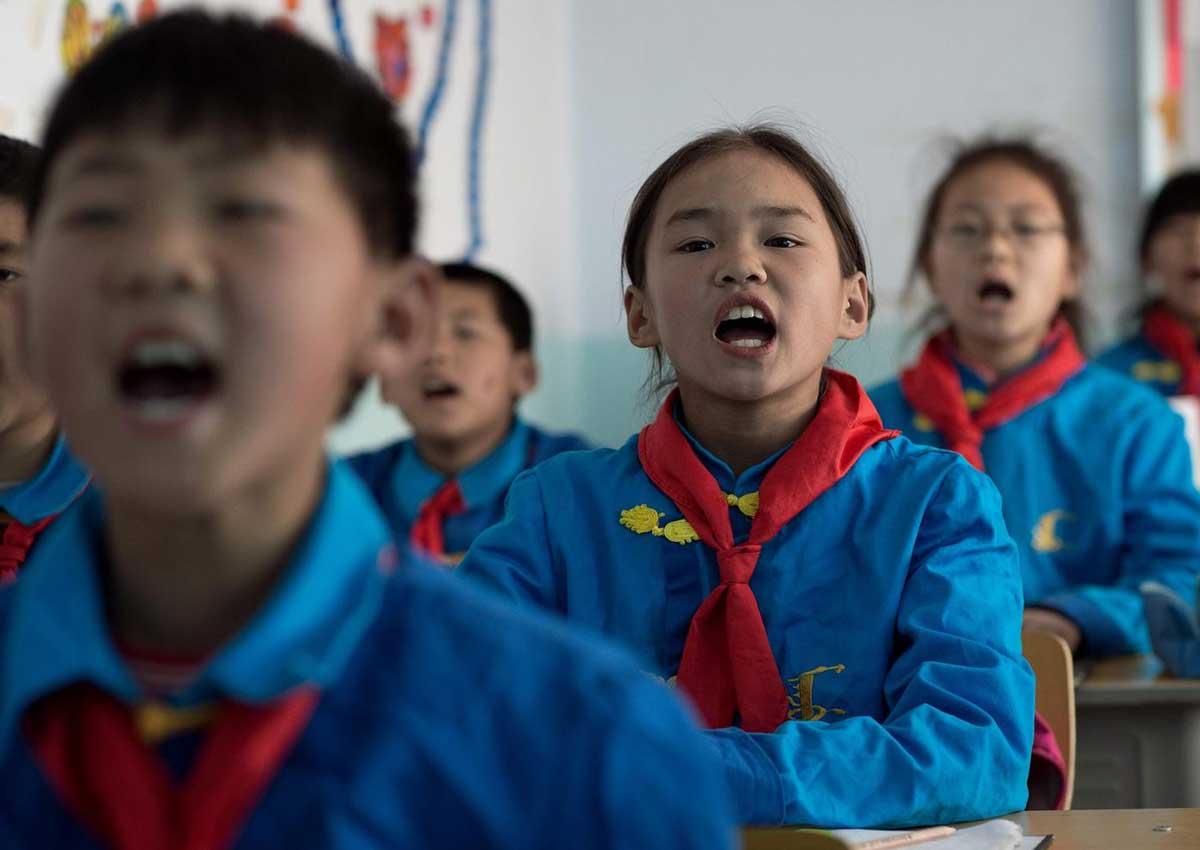BEIJING – China has managed to raise the proportion of the population which can speak the national language, Mandarin, but still faces difficulty in remote areas and places where ethnic minorities live, state media said on Tuesday.
As of the end of last year, more than 70 percent of the population could speak Mandarin, compared with 53 percent at the end of the last century, the official China News Service said, citing the education ministry.
The ministry believes that with greater urbanisation and more young people moving into cities, areas that are weak in Mandarin abilities, mostly remote places and areas with lots of ethnic minorities, the level will continue to rise, the news agency said.
It hopes to have “basic” national coverage for the language by 2020, it added.
Some officials have previously said that the country was too large and had too few resources to get all of its 1.3 billion people to speak Mandarin.
China has been promoting Mandarin for decades to ensure national cohesion in a country where there are hundreds, perhaps thousands, of dialects, as well as ethnic minority languages like Tibetan and Uighur.
But some dialects, such as Cantonese and Hokkien, enjoy strong regional support even if there is little official backing for their use.
In Tibet and Xinjiang, home to the Uighur people who speak a Turkic language, there has been resistance to greater Mandarin education in schools, with people fearing Beijing wants to culturally assimilate them, though the government denies this.
Lack of money also means that some schools in poorer, more remote areas have to use teachers whose own Mandarin skills may not be up to par.
China refers to Mandarin as “Putonghua”, or “common speech”, while in self-ruled Taiwan it is called “Guoyu”, or “national language”.






